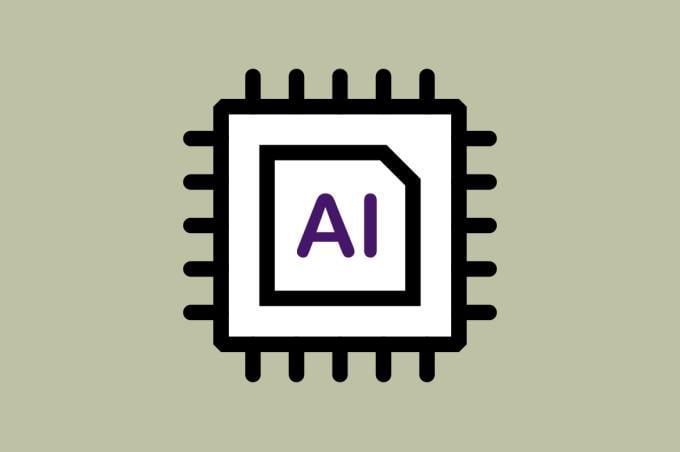Despite the COVID-19 Public Health Emergency (PHE) coming to an end, telehealth remains a crucial modality for care delivery. The AMA Digital Health Implementation Playbook series offers comprehensive step-by-step guides to implementing digital health solutions, specifically telemedicine, in practice based on insights from across the medical community. Each Playbook offers key steps, best practices and resources to support an efficient and clear path to implementation and scale.
Our latest Playbook in the series focuses on the implementation of telehealth (PDF), defined as real-time, audio-visual visits between a clinician and patient. We have also created this quick guide for key implementation tips and the latest updates on telemedicine throughout the pandemic and for the end of the Public Health Emergency.
Quick tips to optimize telehealth in practice in the post-PHE environment:
- Set up or re-establish a team that will help facilitate the optimization of telehealth services and be able to make decisions quickly related to potential changes that may need to be implemented post-PHE.
- Keep up-to-date with coverage, payment and policy guidelines specific to various telehealth services.
- Continue to check in with malpractice insurance carriers to ensure policies cover providing care via telehealth, especially if there have been flexibilities granted throughout the pandemic. While some flexibilities are being pulled back, others will remain permanent.
- Be prepared to clearly communicate any changes your practice or organization makes to all physicians, care team members and patients. This may include coverage for services, where physicians and/or patients can take telehealth visits from, etc.
Vendor evaluation, selection & contracting
- During the COVID-19 pandemic, physicians and practices have been able to leverage technologies such as FaceTime, Skype, Zoom, etc. However, on May 11, 2023, at the end of the PHE, clinicians will need to use technology vendors that comply with HIPAA. Prepare now for long-term telehealth sustainability by securing the right vendor and ensuring integration with existing practice technologies.
- Work with existing electronic health record (EHR) vendors to see if there is telehealth functionality that can be turned on. Many vendors have updated their capabilities and offerings throughout the pandemic.
- Reach out to state medical associations/societies for additional guidance on vendor evaluation, selection and contracting.
- When changing telehealth vendors or introducing new technologies into practice, there are a few things to keep in mind as you navigate a speedy implementation or transition:
- Ensure HIPAA-compliance.
- Be prepared to execute a HIPAA Business Associate Agreement (BAA) with your chosen vendor.
- Make sure you understand who has access to and owns any data generated during a patient visit.
- Determine the pricing structure (i.e., is there a monthly flat rate for using the technology or is it per call or per visit?).
- If there are physicians and care teams that are still working remotely, continue leveraging this AMA- and American Hospital Association-created guidance (PDF) to help you ensure your personal and home devices are secure.
Workflow & patient care
It is likely that you have continued to optimize your telehealth workflows over the course of the pandemic, but we’ve outlined a few key tips to keep top of mind during the shift to post-pandemic:
- Continue to update and re-evaluate protocols for if/when a telehealth visit is appropriate and train clinicians, care team members and schedulers on any changes over time.
- Consider a short survey or set of questions that patients can answer electronically or over the phone when your patients are scheduling to properly triage.
- Consider a short survey or set of questions that patients can answer electronically or over the phone when your patients are scheduling to properly triage.
- Start to re-engage payers, especially those that serve the highest percent of your patient population, to ensure coverage and payment will continue beyond the PHE.
- Continue to support physicians and care teams with optimizing telehealth including determining when telehealth visits will be available on the schedule (i.e., throughout the day intermixed with in-person visits or for a block of time specifically devoted to virtual visits), setting up space in the clinic to accommodate telehealth visits, supporting team-based care for telehealth, and setting patients up for success ahead of visits. Learn how Johns Hopkins supports patients and care teams to diminish disruption to workflows and improve experience.
- Ensure you are still properly documenting these visits (including capturing advanced consent for telehealth interactions)—preferably in your existing EHR as you normally would with an in-person visit. This will keep the patient’s medical record together, allow for consistent procedures for ordering testing, medications, etc., and support billing for telehealth visits.
- Let your patients know the practice plans to continue offering telehealth services post-PHE when they call the office. Additionally, post announcements on your website, patient portals and other patient-facing communications.
Workflow tools & resources
- Telehealth workflow best practice (PDF), ensuring your workflow addresses the entire life cycle
- Key considerations when designing a telehealth workflow (PDF), key questions and criteria for designing a workflow
- Telehealth workflow example (PDF), sample flow for scheduling, check-in, visit, and post-visit
- Telehealth etiquette checklist (PDF), tips on conducting a successful telehealth visit
- Patient take-home prep sheet (PDF), patient education on telehealth, how it works and how to prepare/what to expect from your appointment




